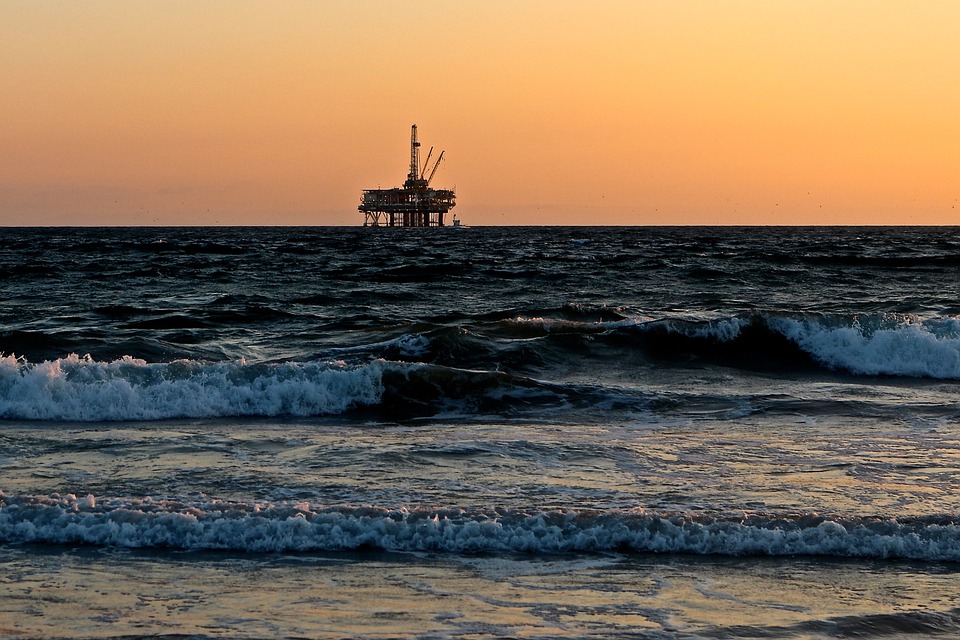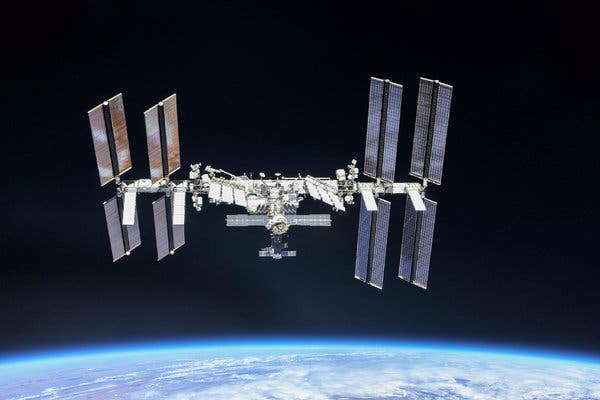
Offshore oil rig

The International Space Station
Advanced sensors are becoming increasingly more important in both industries. As the internet of things (IoT) continues to grow, new technologies are being developed every day by companies that want to stay competitive. Fortunately, NASA has developed many sensor technologies that are applicable to dynamic needs of the oil and gas industry, and through technology licensing they can be used to give your organization a leg up on the competition.
Below, we’ve highlighted small selection of technologies in our sensors portfolio that we think could be a good fit for the oil and gas industry.
Sensing Magnetic Fields
Passive RFID Tag with Long Range and Wide Coverage Capabilities
Optical Mass Sensor for Multi-Phase Flows
Fiber-Optic Sensing and Characterization Portfolio
Streamlined Liquid Level Sensing Using Fiber Optics
Coated or Doped Carbon Nanotube Network Sensors as affected by Environmental Parameters
Gas Sensors Based on Coated and Doped Carbon Nanotubes
Detection of Presence of Chemical Precursors
Floating Ultrasonic System
You can search our entire portfolio of technologies for solutions to your need by clicking here. You can in read more about the technology licensing process here.



